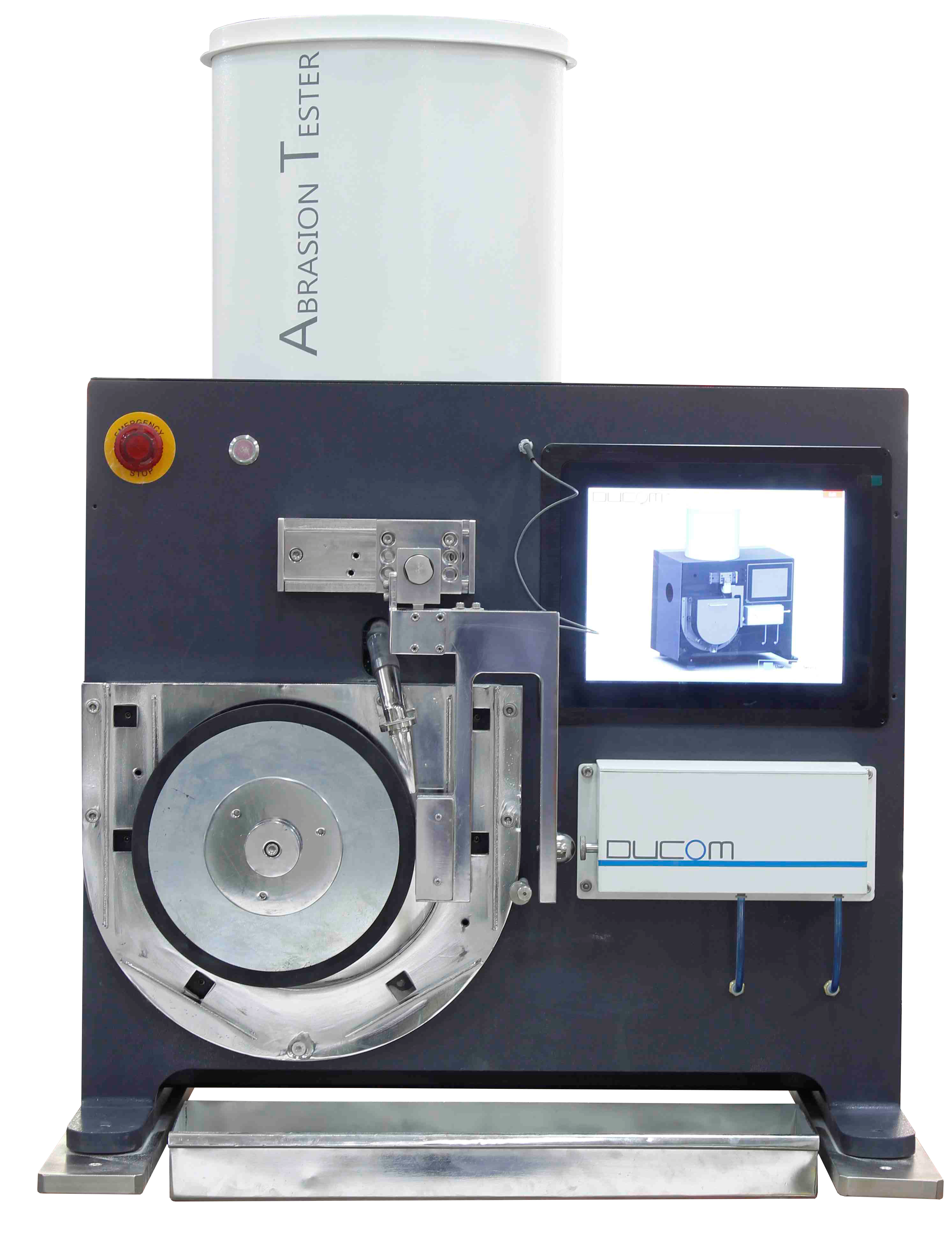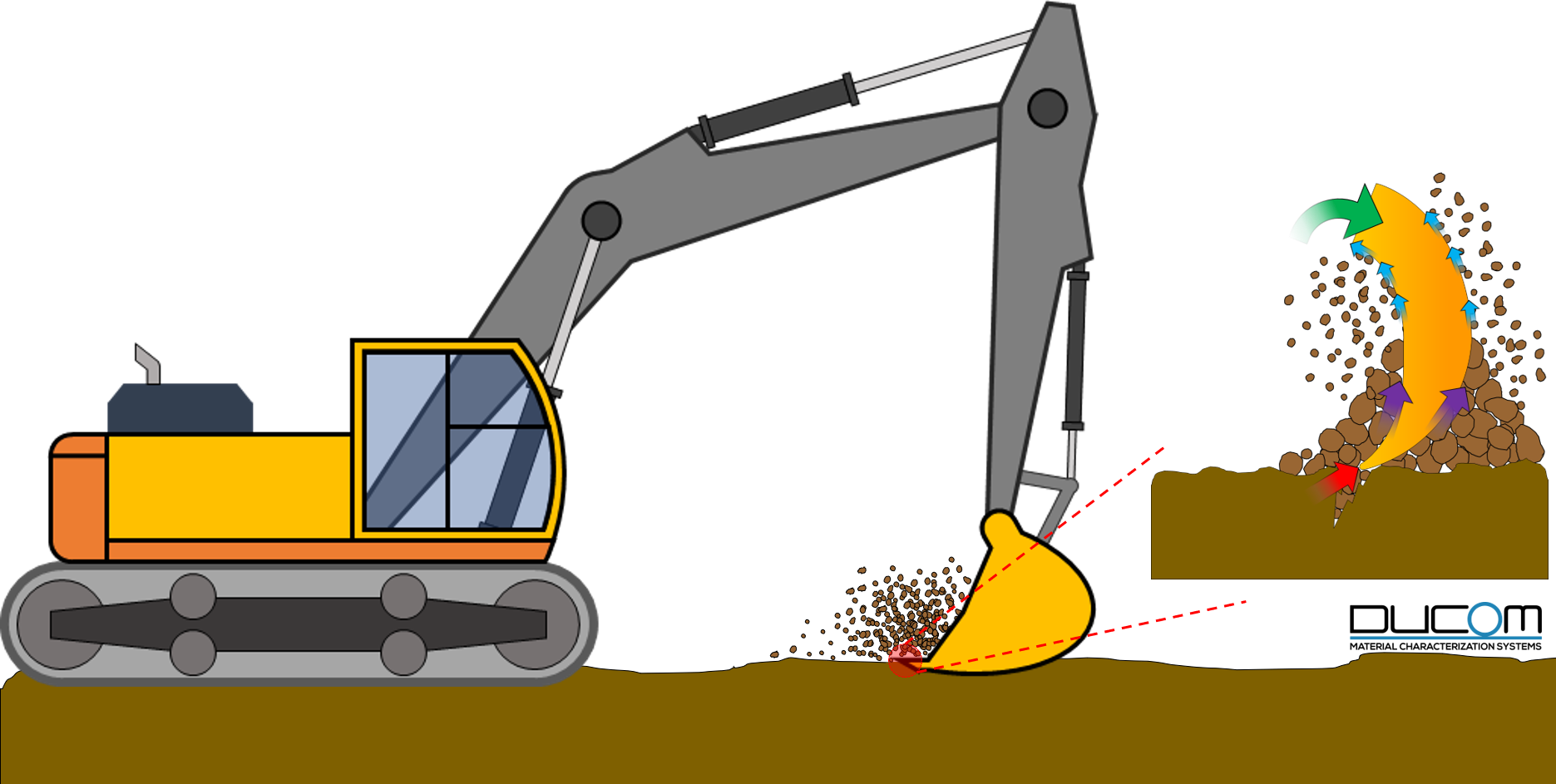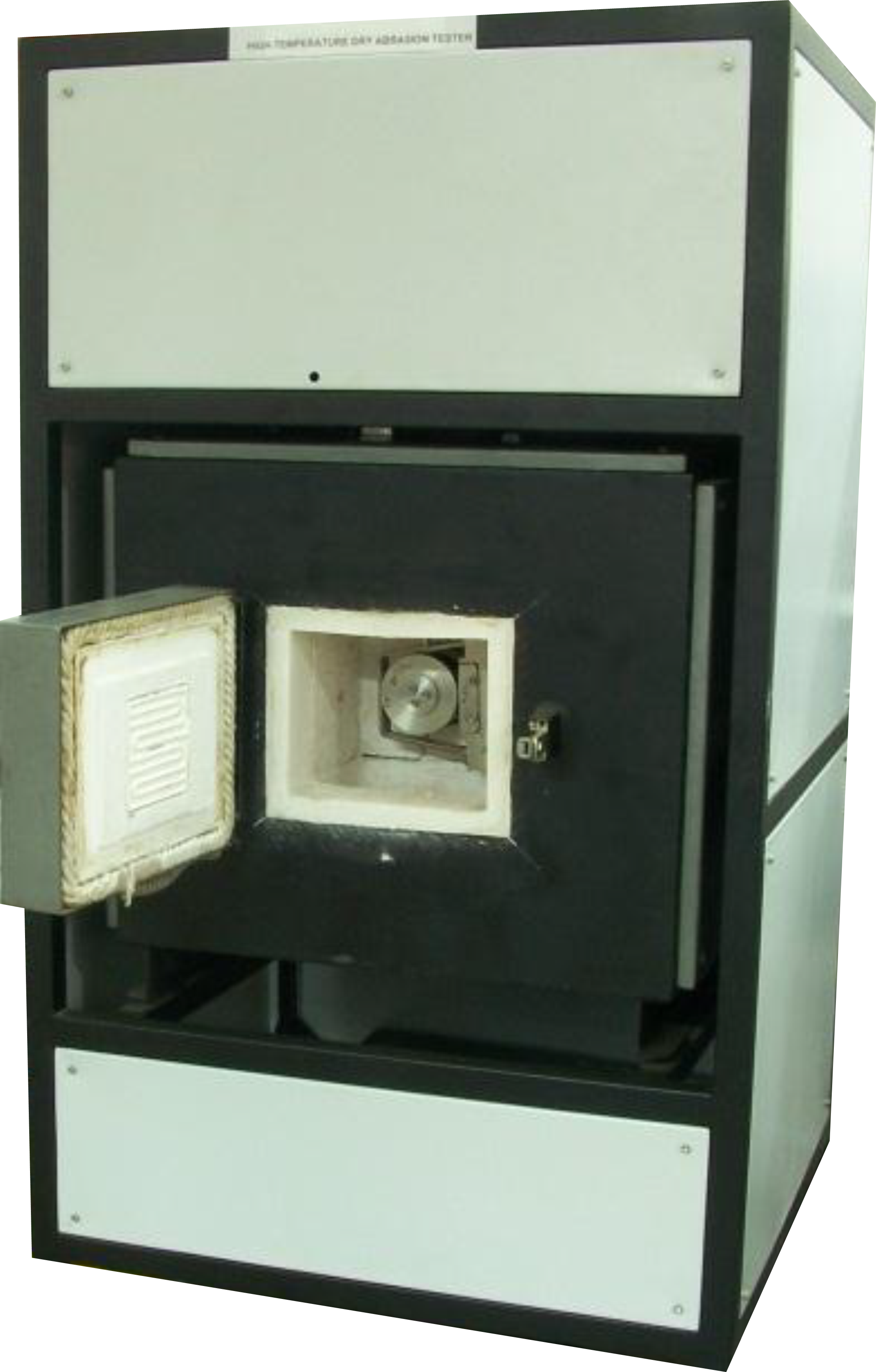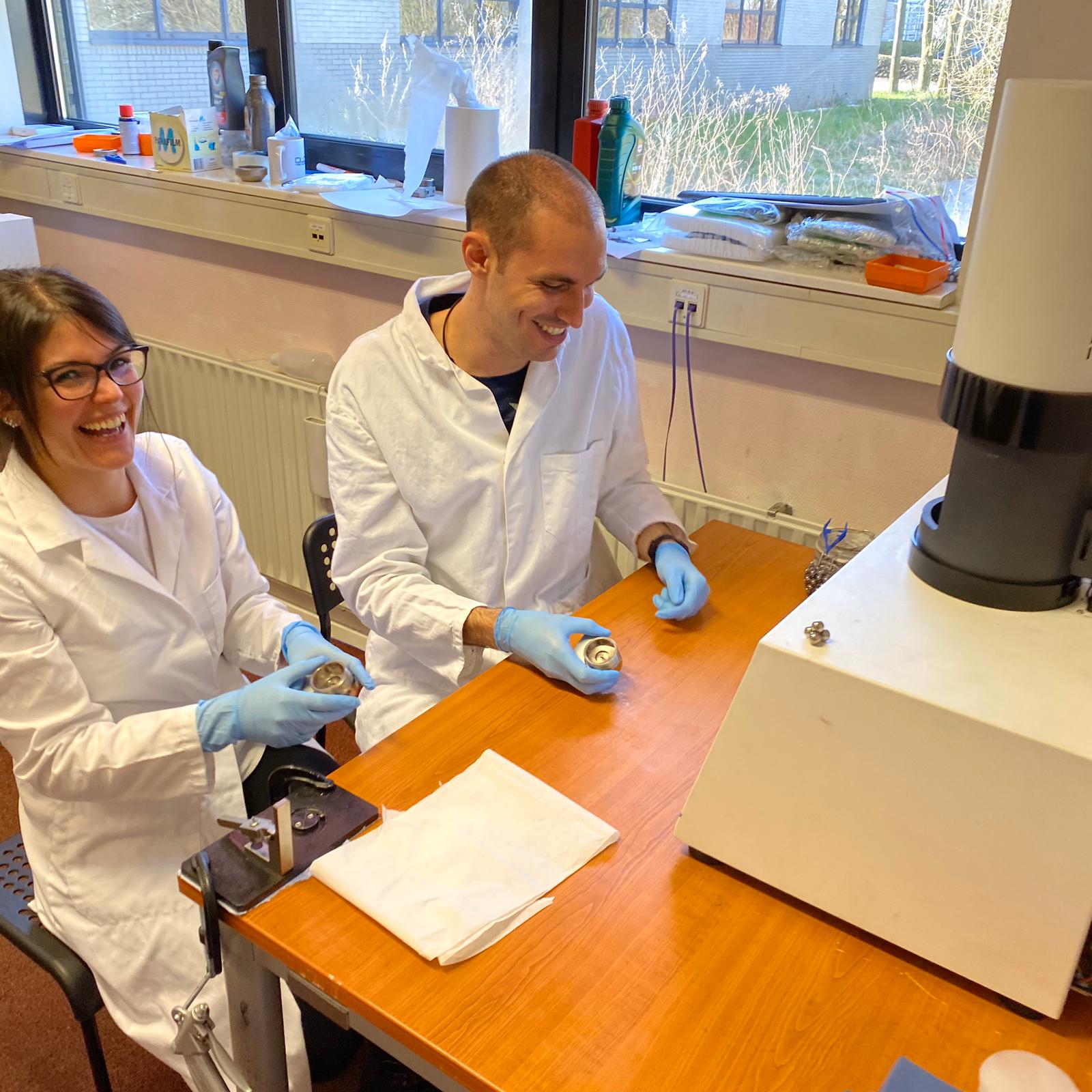
"Abrasion Tests were limited to measuring WEAR. Now, the latest automation in Ducom Abrasion Tester offers more SCIENCE - measure energy dissipated during wear, and at more CONVENIENCE - computer controlled loading"

Ducom Abrasion Tester has a modular design that can accommodate high stress, low stress, dry and slurry abrasion. The operating parameters comply with test standards like ASTM G65, B611 and G105.
It is well known that both energy efficiency and productivity are critical for large scale industrial operations. Components such as molds and dies used in powder metallurgy industry and jaws, hoppers, chutes, pumps in mining and cement industry are affected by abrasive wear during raw material handling. Advanced steel grades (with bainite-martensite-carbide microstructure, Mangalloy steel) and many surface engineering solutions (WC-Co, Cr3C2) offer 10 times higher wear resistance, that has improved productivity and reduced maintenance cost. Meanwhile, the overall energy efficiency, driven by friction behavior of moving parts has got little attention.
"Friction resistance between raw material and tool directly affects the energy dissipated and overall energy efficiency."

Figure 1. Schematic of an Excavator.
As an example, excavators digging into soil (Figure 1) and ground would require less power if wear resistant tool has low frictional resistance. A chute or hopper for material handling (Figure 2) would be more energy efficient if low friction wear resistant liners were used to reduce problems such as bridging due to high wall friction. Dies used during powder metallurgy manufacturing operations (Figure 3) would require less energy during moulding and demoulding stages if the die material has low friction resistance.
.png?width=684&name=Figure%202%20(1).png)
Figure 2. Schematic of Chute.
Therefore, it is necessary to evaluate the friction resistance along with the wear of materials during three-body abrasion.
.png?width=1059&name=Figure%203%20(1).png)
Figure 3. Schematic of Moulding operation.
Ducom Abrasion Tester (ABT-3) with integrated friction measurement system offers the relevant platform for conducting such studies. In addition, Ducom Abrasion Tester offers a wide range of test conditions ranging from low stress to high stress abrasion under both dry and wet conditions complying with the ASTM G65, ASTM G105 and ASTM B611 standards. The automated loading module based on the pneumatic system uses an active feedback to maintain constant load irrespective of the contact conditions, extent of wear and vibrations which cannot be met by conventional dead weight loaded systems.
Abrasive wear resistance of D2 and H13 steels were tested using ABT-3 as per the ASTM G65 standard (procedure E). These are special tool steels and used as reference materials as per ASTM G65 standard. A load of 130 N load applied on the sample against rubber wheel rotating a speed of 200 rpm. Abrasive sand particles are flown into the contact interface at a rate of 325 g/min. Mass loss of the sample is measured after 1000 revolutions of rubber wheel (sliding distance of 718 m).
.png?width=1415&name=Figure%207%20(1).png)
Figure 4. Real time friction behavior D2 steel and H13 steel during the abrasion according to G65
As shown in Figure 4, the friction resistance during abrasion of D2 steel was higher than H13 steel. However, the wear on D2 steel was lower than H13 steel (see Figure 5). As D2 steel is harder than H13 steel, it results in low wear at the expense of high friction resistance.
.png?width=1418&name=Figure%205%20(1).png) Figure 5. Wear represented by volume loss for D2 and H13 steel.
Figure 5. Wear represented by volume loss for D2 and H13 steel.
In Figure 6, the visual inspection and optical microscopy images shows that wear on H13 steel to be smoother and deeper compared to D2 steel. H13 being relatively softer than D2 steel, it experienced greater extent of plastic deformation and wear.
.png?width=1121&name=Figure%206%20(1).png)
Figure 6. Wear images of D2 and H13 steel.
These results highlight the importance of evaluating both friction and wear resistance of materials used in industrial processes.
High Temperature Abrasion
Ducom High Temperature Abrasion Tester is built upon the principles of ASTM G65 and an addition of "heating furnace" extends it to operate at temperatures as high as 900 °C.  High Temperature Abrasion Tester compatible with ASTM G65 and abrasion at 900 deg C.
High Temperature Abrasion Tester compatible with ASTM G65 and abrasion at 900 deg C.
Contact us for more information. Our experts are just a click away.

These Stories on friction
USA: +1 (847) 737-1590
India: +91 (80) 4080-5555
Netherlands: +31 (85) 065 74 10